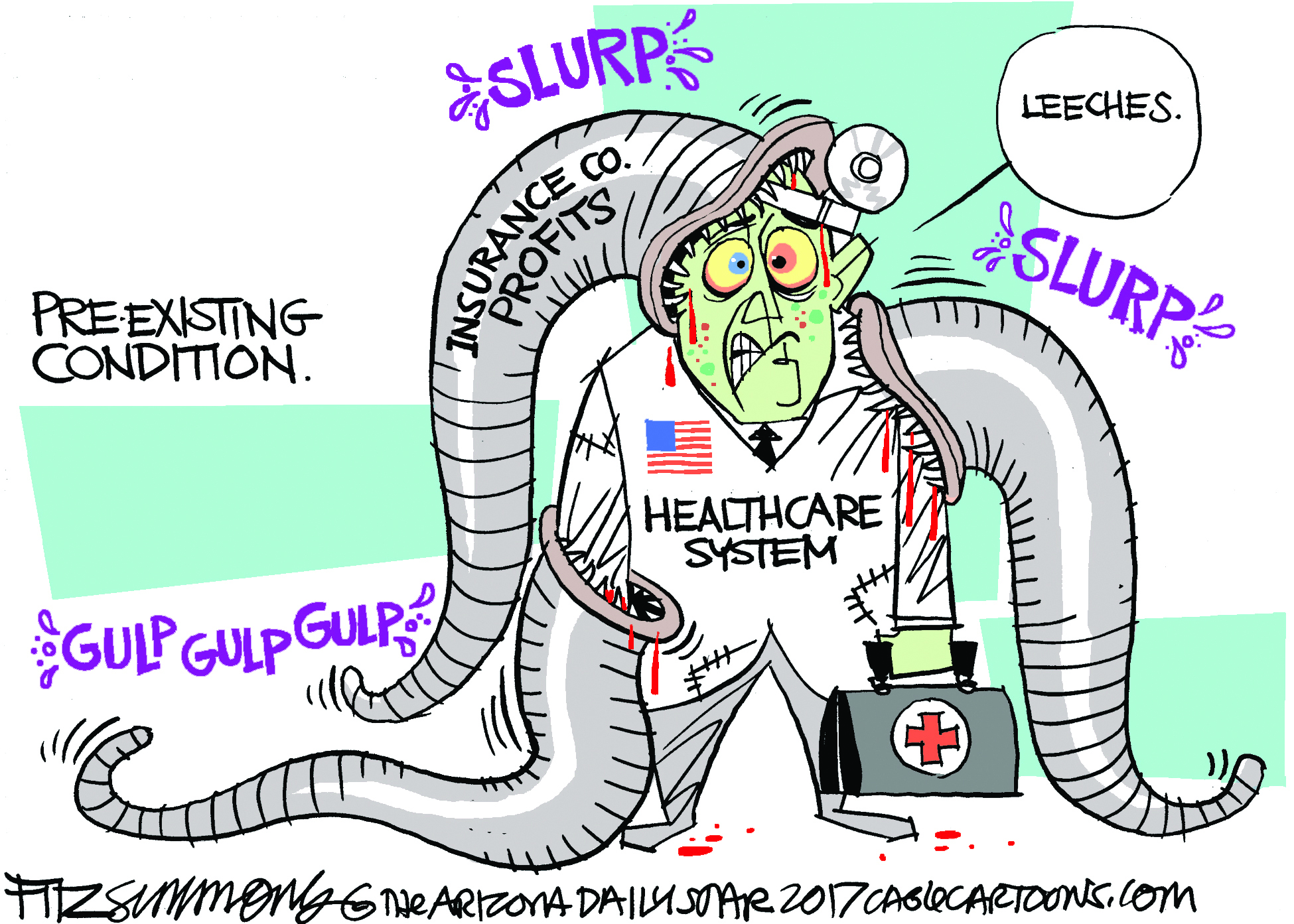BY DAVID PERRYMAN
 Oklahoma’s health outcomes rank near the bottom of all states. According to an Aug. 6 KFOR news story, WalletHub recently ranked the Best and Worst States for Health Care and the results were not favorable for Oklahoma.
Oklahoma’s health outcomes rank near the bottom of all states. According to an Aug. 6 KFOR news story, WalletHub recently ranked the Best and Worst States for Health Care and the results were not favorable for Oklahoma.
Researchers analyzed data and weighed several factors like health care cost, access and outcomes to rank the states with the best and worst health care across the country. Overall, Oklahoma ranked 45thon the list.
Oklahoma was one of the states with the highest average monthly insurance premium, the lowest percentage of insured adults between ages 18 and 64, and one of the states with the highest percentage of adults with no dental visits in the past year.
Health care experts often look at the infant mortality rate as a key indicator to measure the health and wellbeing of a population. Unfortunately, Oklahoma does not fare well there, either.
Oklahoma’s infant mortality rate across all races has been growing since 2015 in Oklahoma and in 2017 was more than 30% higher than the national average. To make that worse, according to a January 2018 report, the mortality rate for black infants in Oklahoma is twice that of white and Hispanic infants.
Not only do more children die in Oklahoma, adults die earlier. For instance, there are counties in Oklahoma where the life expectancy is less than 57 years, or 22.5 years less than the national average. That means that residents of some communities in Oklahoma face a shorter life expectancy than in the Congo and only months longer than Uganda.
The list continues and Oklahoma fails. From dental care to optometric care to mental health care, an analysis of Oklahoma’s health care delivery shows no bright spots. Plain and simple, people in Oklahoma aren’t healthy and show no signs of becoming healthy.
These and scores of other low ranking categories fall into the category of health care. All indicators point toward a health care delivery system comprised of hospitals, clinics, ambulance services, nursing homes, immunization rates, and many other components that are not adequately delivering services to hundreds of thousands of Oklahomans who are underserved.
The fact that so many of our friends and neighbors are not receiving health care is not due to the state’s hospitals. Oklahoma has quality hospitals that deliver cutting edge medical treatment to their patients. Likewise, Oklahoma’s ambulance services and nursing homes employ staff and professionals who are well trained and able to provide quality care. We have dedicated doctors and nurses.
What is the problem and what is the path toward a healthier state? One idea that has been presented is the expansion of Medicaid for those working Oklahomans who have no health insurance and no current health care coverage. That approach has been soundly rebuffed by Gov. Mary Fallin for the past eight years.
The people of Oklahoma are now looking to a new governor and a new, larger legislative supermajority to have a plan and to put that plan into action. We need to give them that chance. But they must understand that time is a factor.
It is a matter of life or death to many Oklahomans.
–Chickasha’s David Perryman serves District 56 in the Oklahoma Houseand is House Democratic Floor Leader








